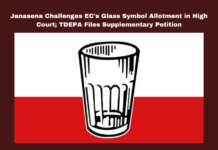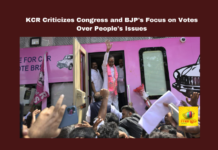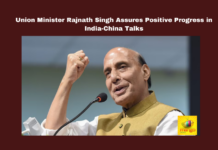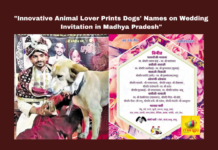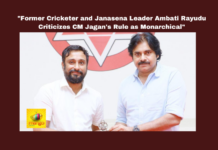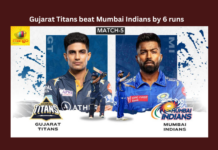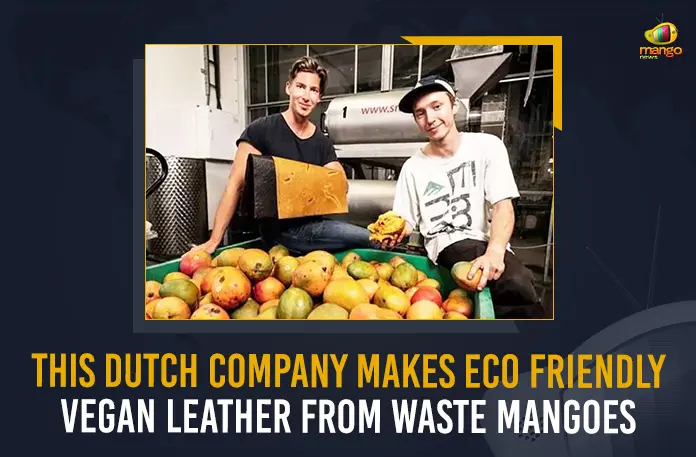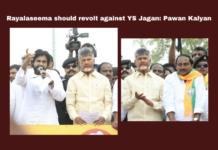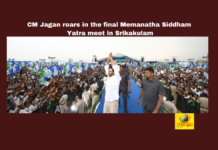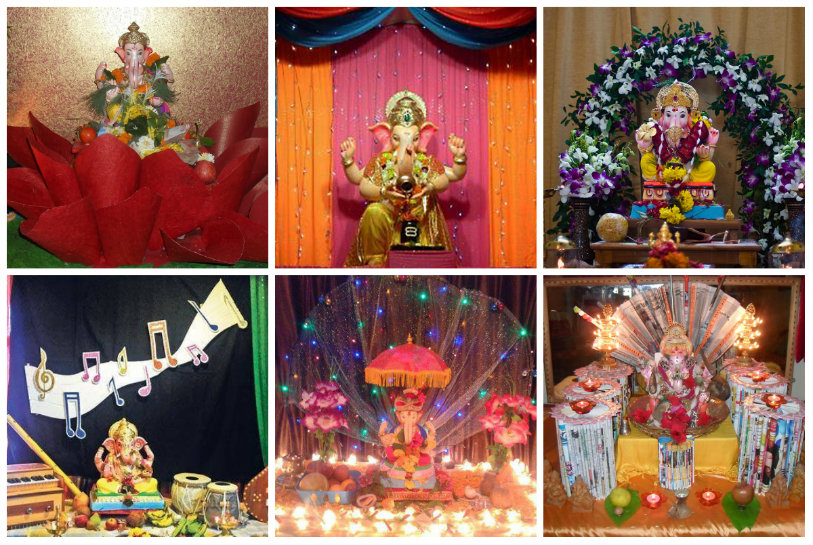Aiming for a biodegradable environment, a Dutch company named Fruit leather is turning waste mangoes into a textile.
Hugo de Boon and Koen Meerkerk, the co-founders of Fruit leather, which started in 2015, designed the concept of vegan leather. The motive behind this unique idea is to reduce fruit wastage and make the leather business more sustainable and eco-friendly, catering to even Vegan consumers.
The vegan leather is made from thousands of mangoes that would otherwise be thrown away, and are now being used to make wallets, handbags, and shoes.
Starting as an experiment years ago, the Fruitleather concept is now ready for production and produces 80 square meters of vegan leather every month, which is like 250 pairs of shoes every month.
Initially, they tried to make leather from watermelons but realized it is more water than fiber. Mr. Koen Meerkerk later found out that more than half of the mangoes in Europe are imported or traded by the Netherlands, of which 12% of them in the Netherlands, are wasted. So, it becomes easier for them to get a very large amount of resources to make material from mangoes.
It is to be noted, that Fruitleather collects around 1,500 mangoes each week from a Dutch importer and starts the process. Speaking of the process, at first, they cut the mangoes and put the mangoes in a machine and destones it then crushes the fruit into a pulp. Then they transfer the mixture through a tube into a large vat. Then mix several additives that turn the mango pulp into a leather-like material.
They use a meter to check if their material’s measurements are right. When it looks right, they pour the mixture onto metal baking trays and smoothen it out to create an even thickness.
Then the trays go in a dehydrator overnight and then finally, the sheets go to a leather finishing facility to be coated in a protective glaze.
Koen Meerkerk explained they are using the same process of making leather but with different materials, so it responds differently to heat or to finishing products. Lastly, when the ready sheets pass through, they go on to a conveyor, and that will roll into an oven. The 100°C heat helps the coating to dry.
Each one undergoes this process multiple times to make it more durable. After that, another machine applies heat and pressure to combine the layers of coating.
With numerous processes, a final leather product is ready to be turned into a product. However, the process is said to be long and could not stand as long-lasting as traditional leather. Furthermore, the capacity to produce leather by Fruit leather is low compared to other huge leather textile markets.
Notably, Fruitleather wants to work towards creating the material on a giant roll for increasing its production capacity with an expansion in the range of products. Moreover, the company is still working to make the product more durable.
Mango News Link
Telegram: https://t.me/mangonewsofficial
Google Play Store: https://bit.ly/2R4cbgN
Apple / iOS Store: https://apple.co/2xEYFJ





